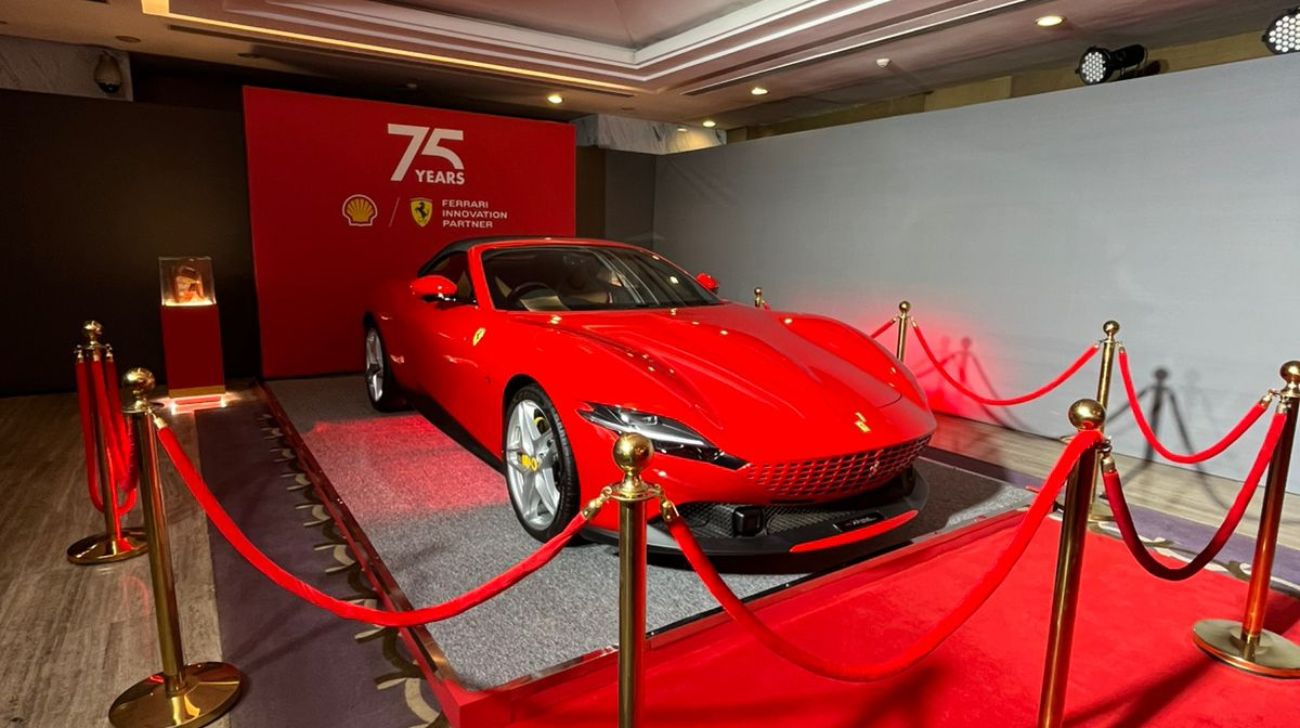What happens when you reduce the size and price of a pretty large luxury vehicle? Although you may anticipate some performance and styling loss, Volvo's new EX30 is a vehicle of paradoxes.
The EX30 is Volvo's smallest and most affordable SUV, but with its 3.5-second zero to 60 mph (3.6 to 100 km/h) speed, it accelerates faster than any other vehicle the firm has ever produced. Furthermore, it appears to make no design compromises. We'd even argue it's the company's best-looking vehicle.
You're not thinking small enough if you believe that Volvo already has the small SUV market covered with the XC40. The EX30 is just 104.3 inches long (2,650 mm) between the axles and only 166.7 inches long (4,233 mm) from bumper to bumper, whereas the XC40 is 174.8 inches long (4,440 mm) and has a wheelbase that is 106.4 inches long (2,702 mm). Additionally, it has a lower cost. Compared to the EX30, which starts at €36,000 (£33,795) in Europe and just $34,950 (or $36,145 with delivery) in America, the entry-level EV version of the XC40 costs €44,822 (£46,505) in Europe and $53,550 in the U.S. That seems like a fantastic offer, especially for American drivers
With that much money, you can purchase a base Plus-grade vehicle with a single rear-mounted motor producing 268 horsepower (272 PS/200 kW) and 253 lb-ft (343 Nm), which is quite powerful considering the vehicle's low price and low ranking in the range. The relatively tiny 54 kWh LFP battery can go 200 EPA miles (or 214 miles / 344 km WLTP) and charge at 134 kW, bringing it from 10-80% in 28 minutes. Zero to 60 mph takes 5.4 seconds (5.7 to 100 km/h).
In order to keep the entry price low, the standard model's lithium-ion phosphate battery was used; however, customers who want to travel farther between fill-ups can upgrade to the £38,490 Single Motor Extended Range. By doing that, a 69 kWh NMC battery that enhances performance, range, and charge times replaces the LFP battery. The time from 0 to 60 mph is reduced to 5.1 seconds (5.3 to 100 km/h), the driving range improves to 275 EPA miles (298 miles / 480 km WLTP), and the maximum charge rate rises to 153 kW; however, the duration from 0 to 80% of the battery capacity is almost the same at 26.5 to 28 minutes due to the bigger battery.
But if you're into performance, you'll want to upgrade to the £40,995 EX30 Twin Motor Performance. A second motor, functioning on the front axle, increases power to 422 horsepower (315 kW/428 PS), torque to 401 lb-ft (543 Nm), and speeds up acceleration from 0 to 60 mph in 3.4 seconds (3.6 to 100 km/h). The Performance uses the same NMC battery as the single-motor, long-range EX, but there is a slight cost associated with the increased weight and acceleration. The driving range decreases marginally to 265 EPA miles (286 miles/460 km WLTP), but we don't see anyone deterring from upgrading to the faster EV because of this.
All three powerplant options are offered in base Plus trim, which is likely all most customers will require given the large kit list. You get heated seats and a heated steering wheel in addition to 18-inch wheels (19-inch wheels on Extended Range and Performance), a contrasting colour roof, LED headlights, adaptive cruise control with steering assistance, an 11 kW charger, a heat pump, a 1,040 W Harman Kardon sound system, and a 12.3-inch portrait touchscreen with Apple CarPlay, Android Auto, and Google Assistant.
However, the Extended Range and Performance are also offered in Ultra form for a $3,500 premium. For that money, you get a panoramic roof, electric seats, a 22 kW onboard charger for quicker home top-ups, a 360-degree camera with a 3D view, automatic parking, 20-inch diamond-cut alloy wheels, and these features.

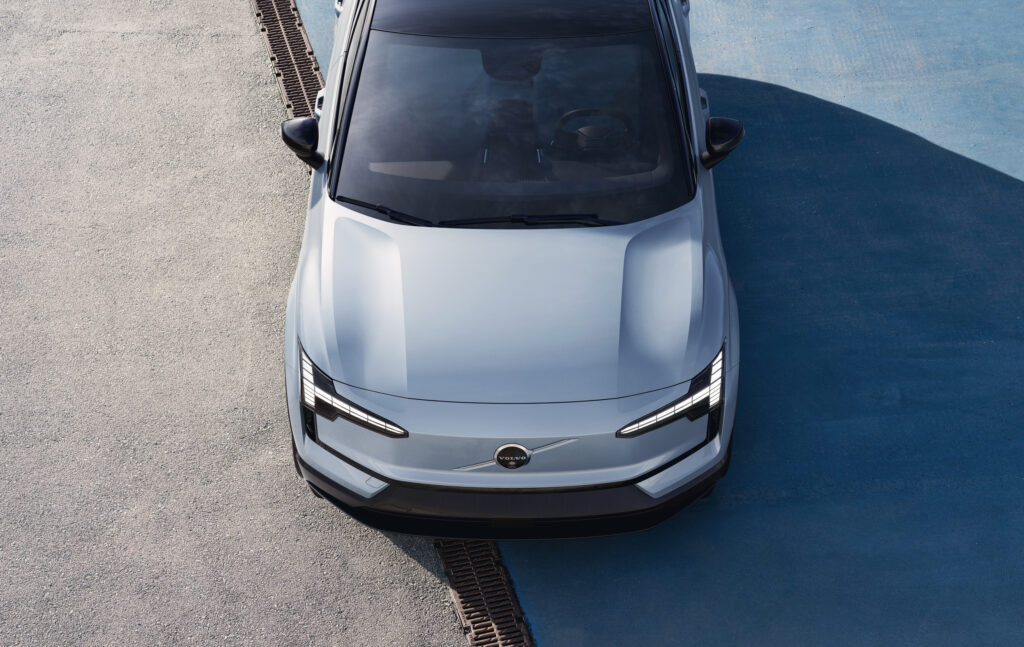
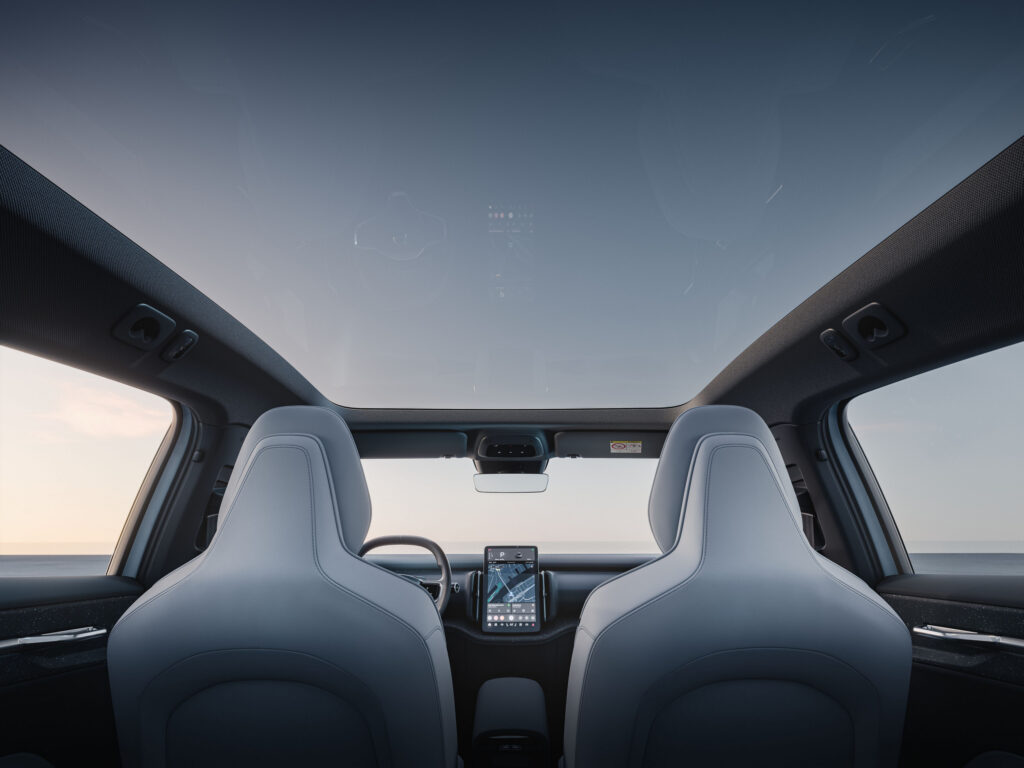
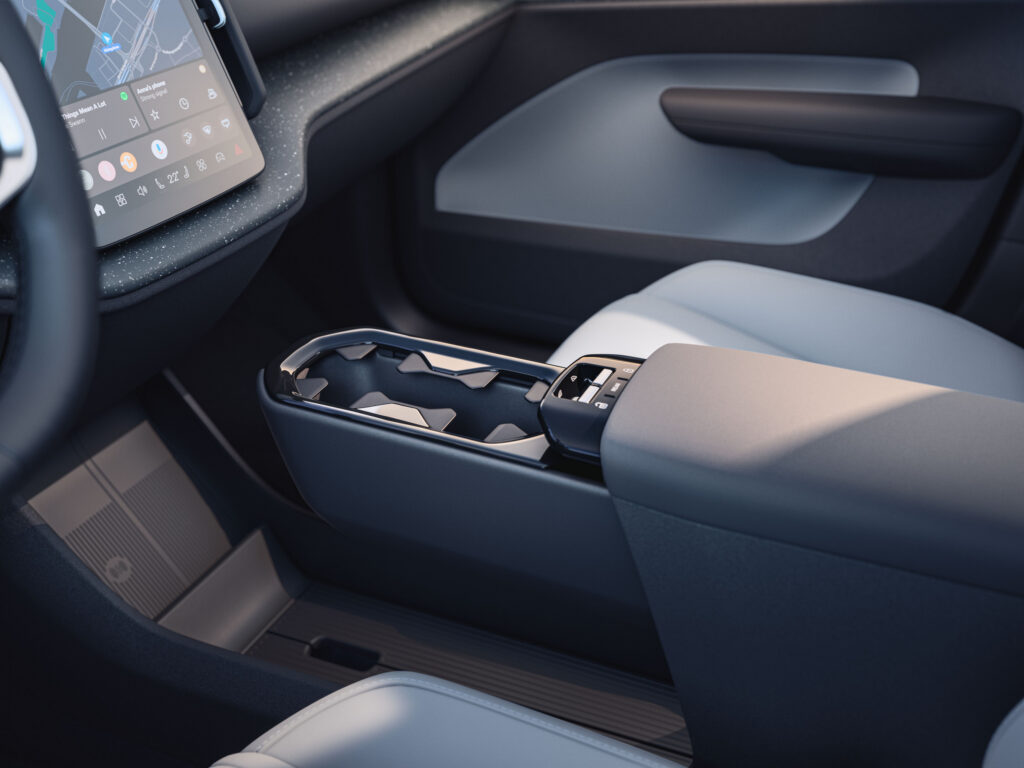
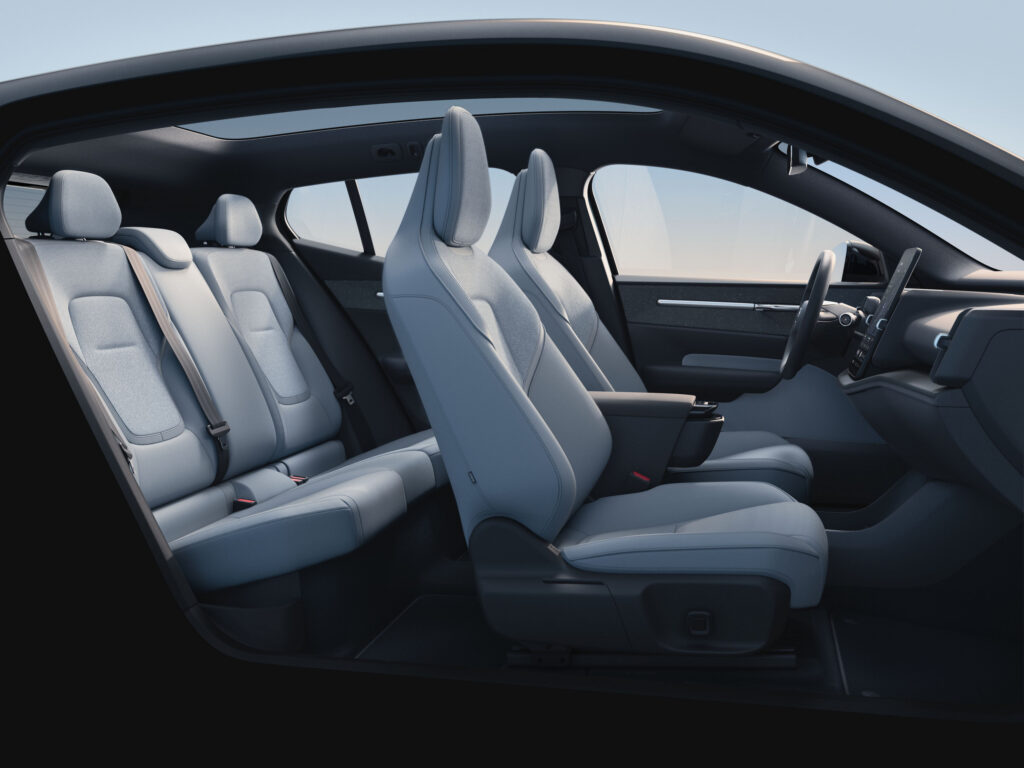
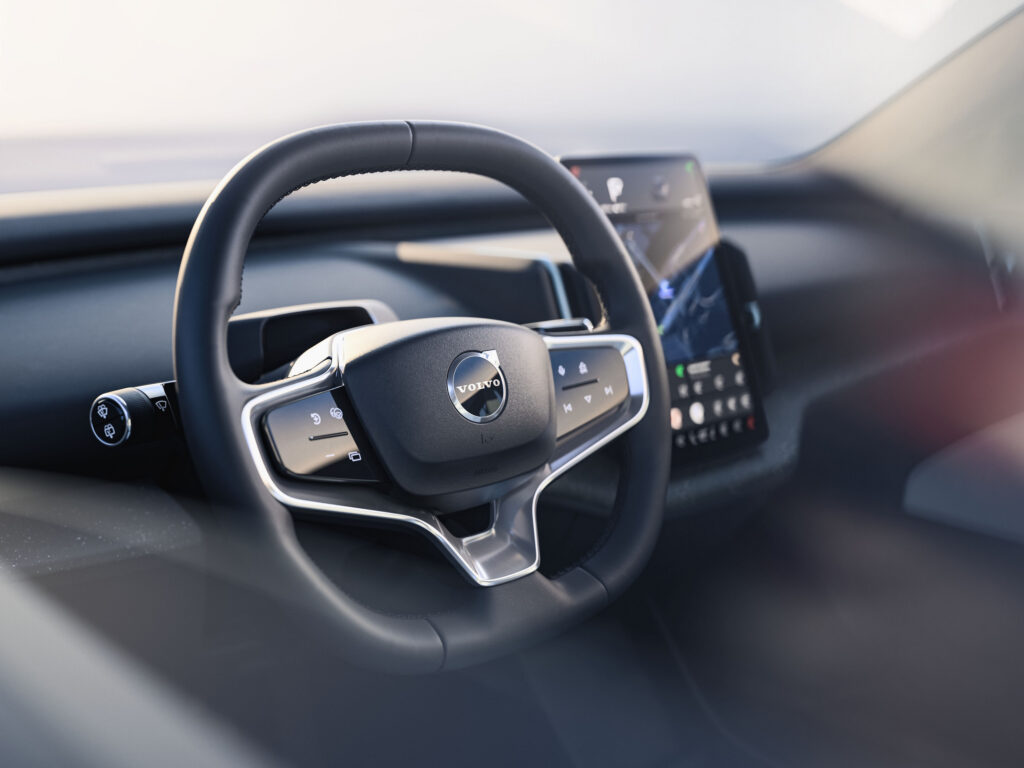
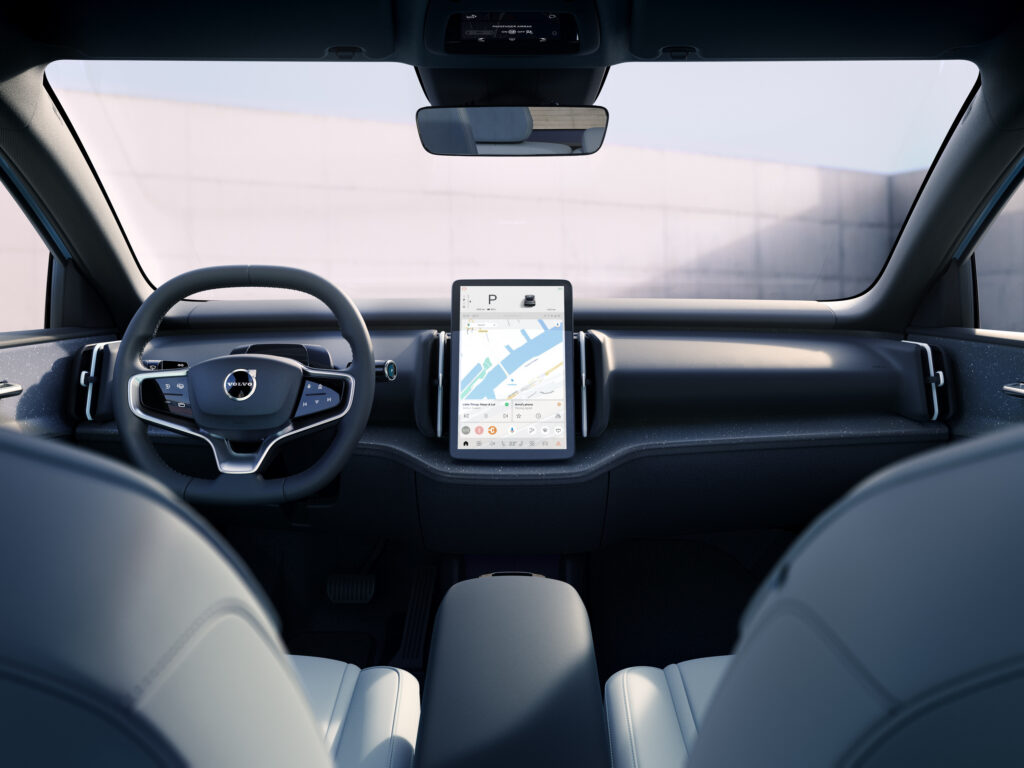
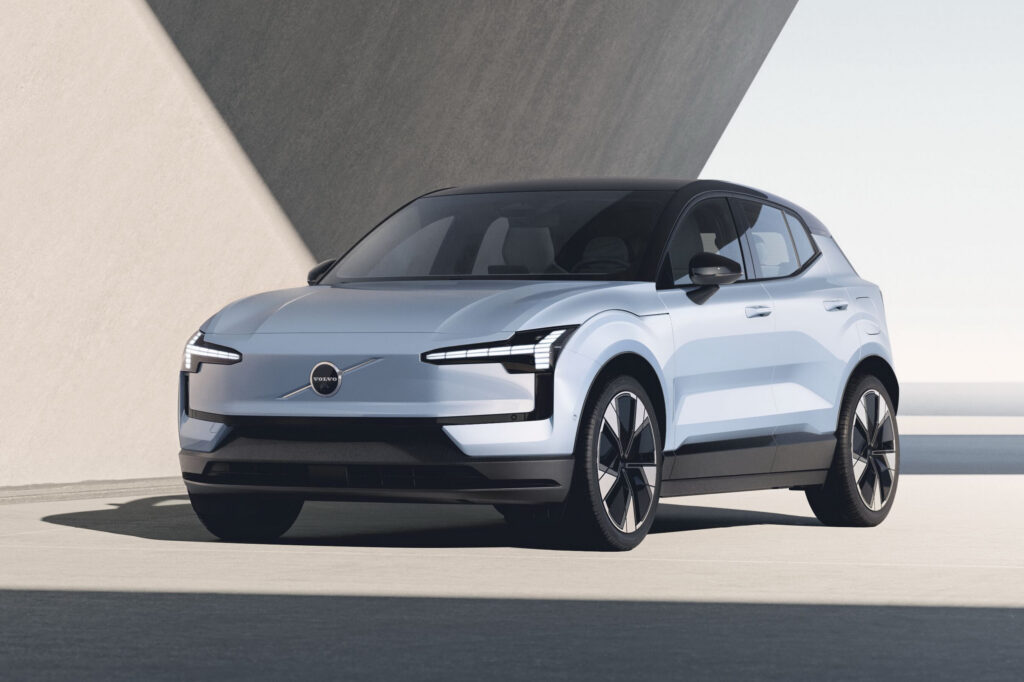
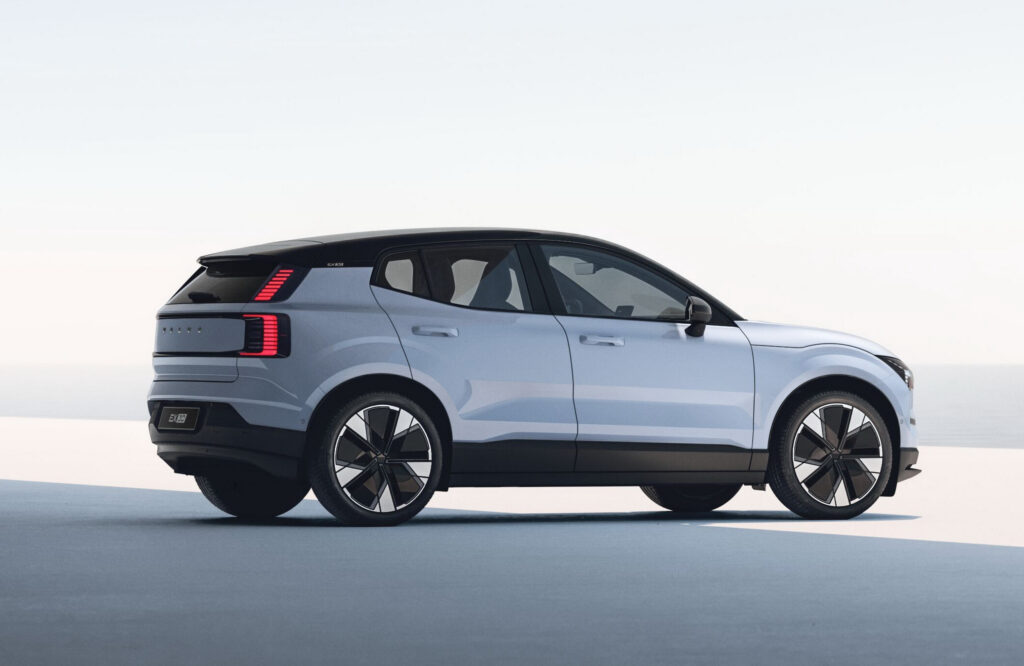
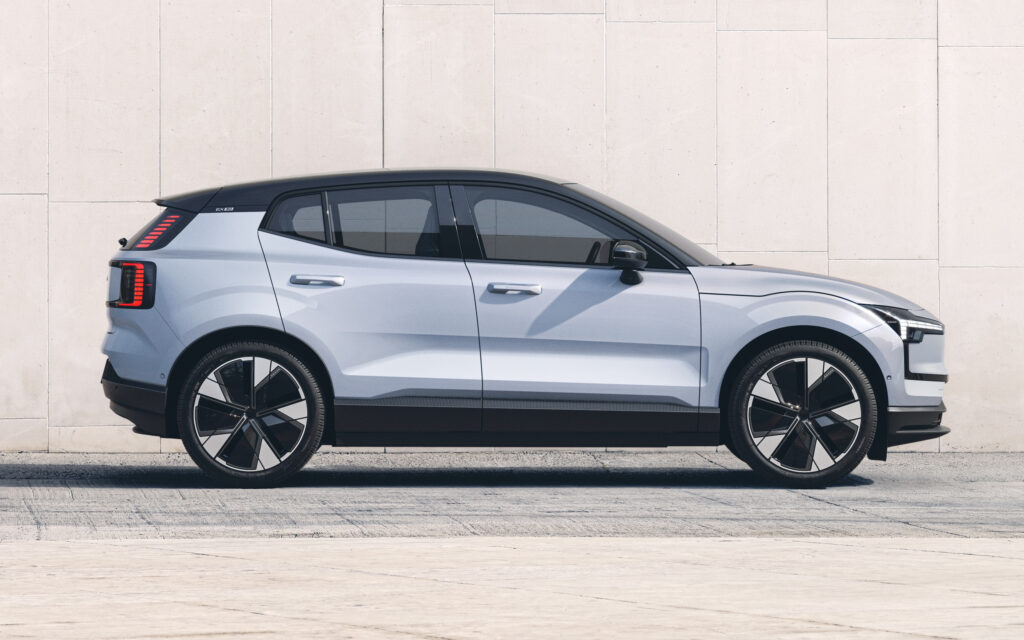
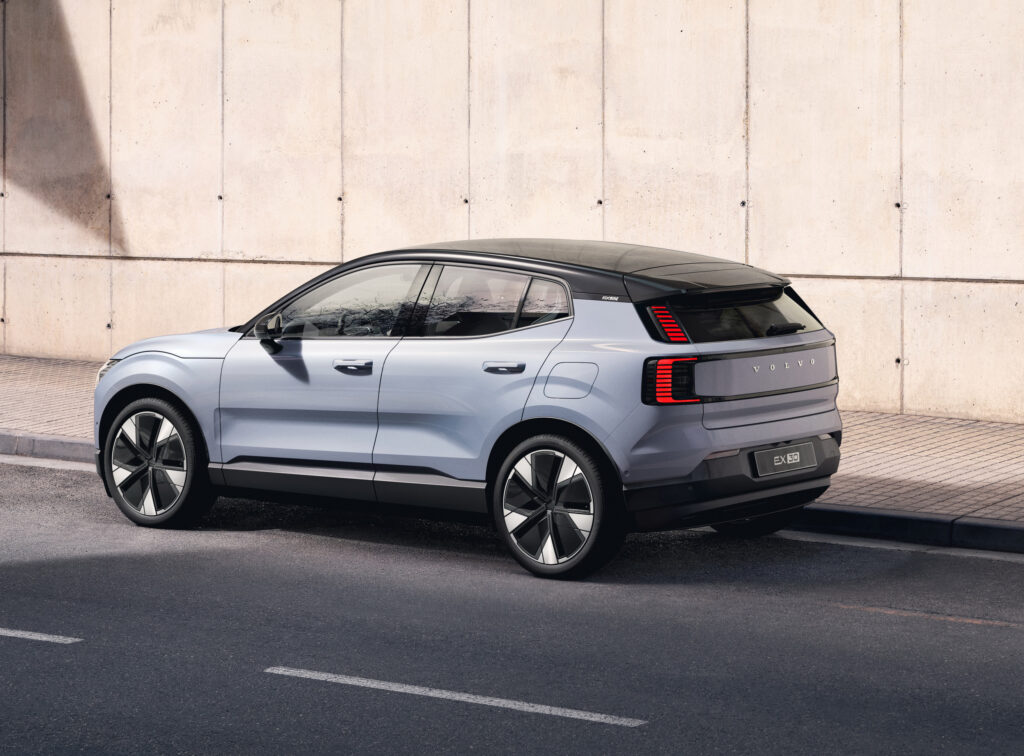
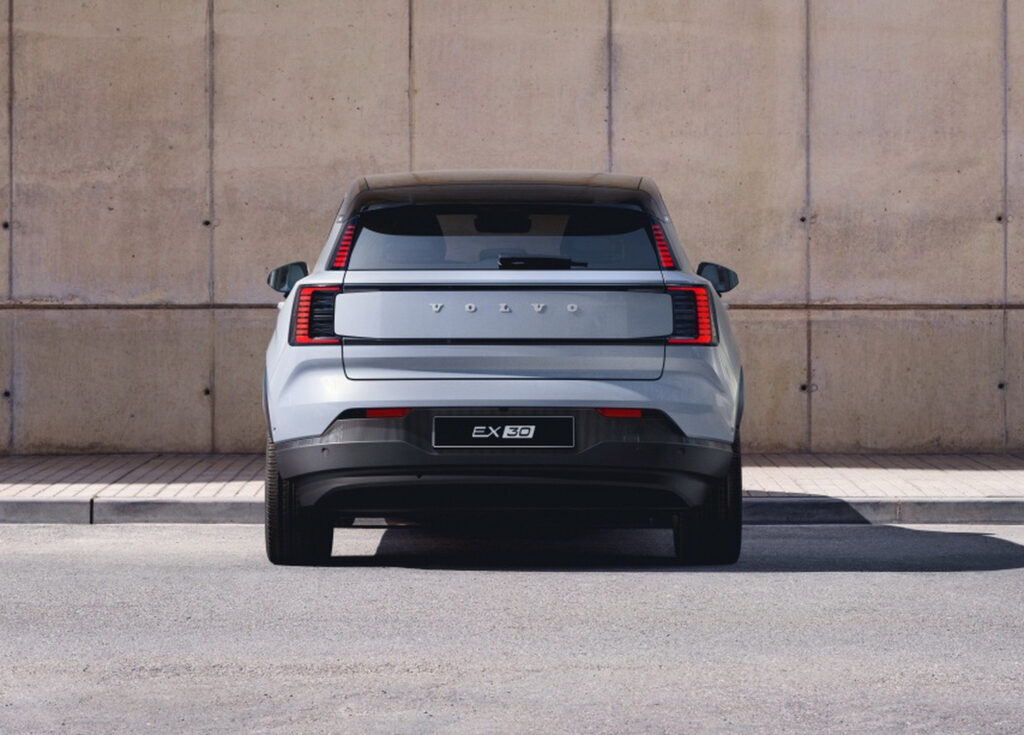
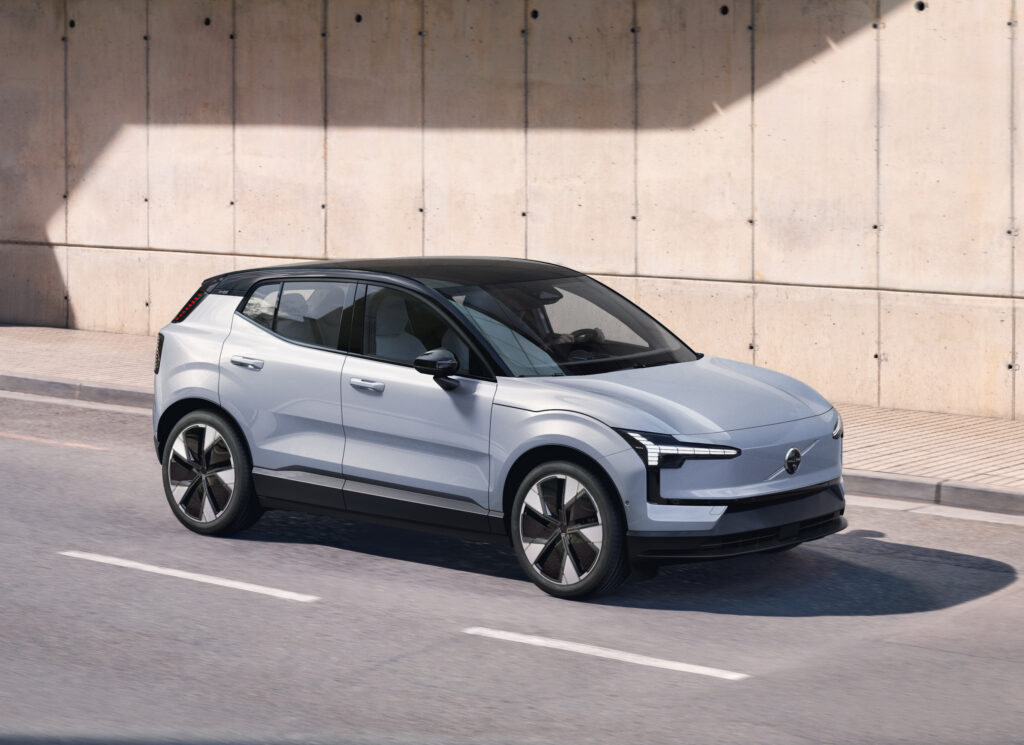
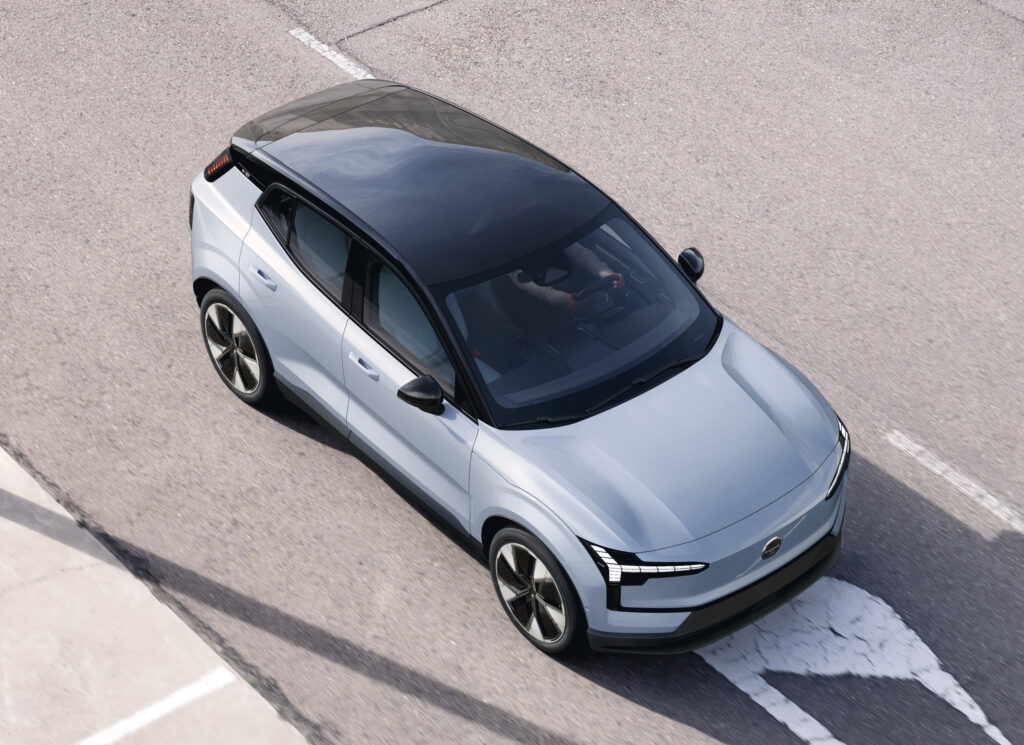
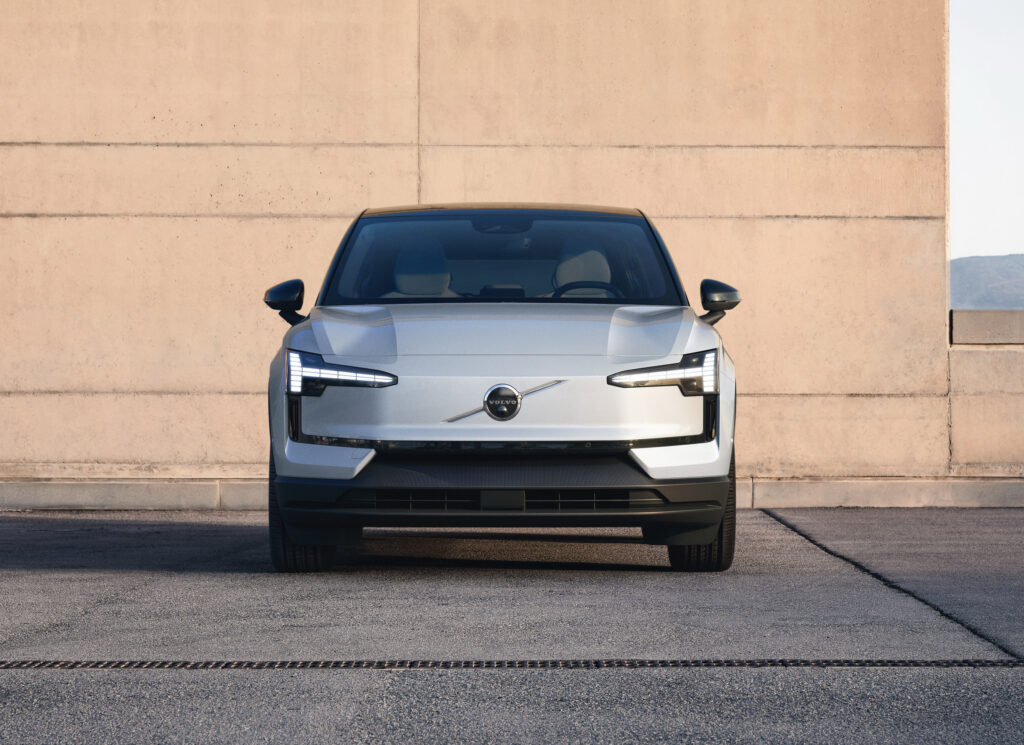
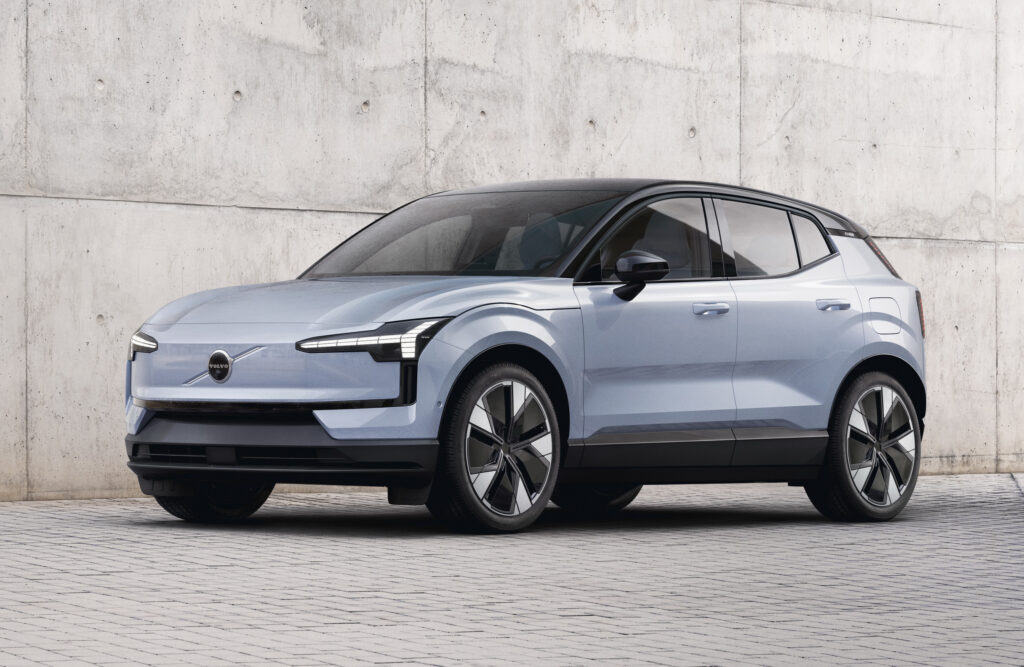
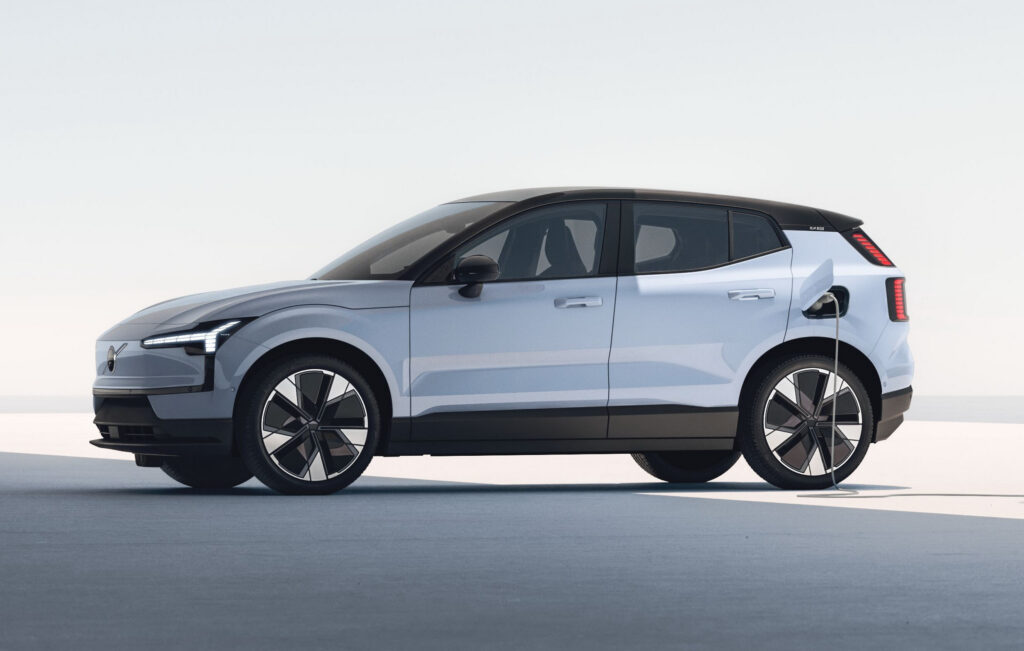
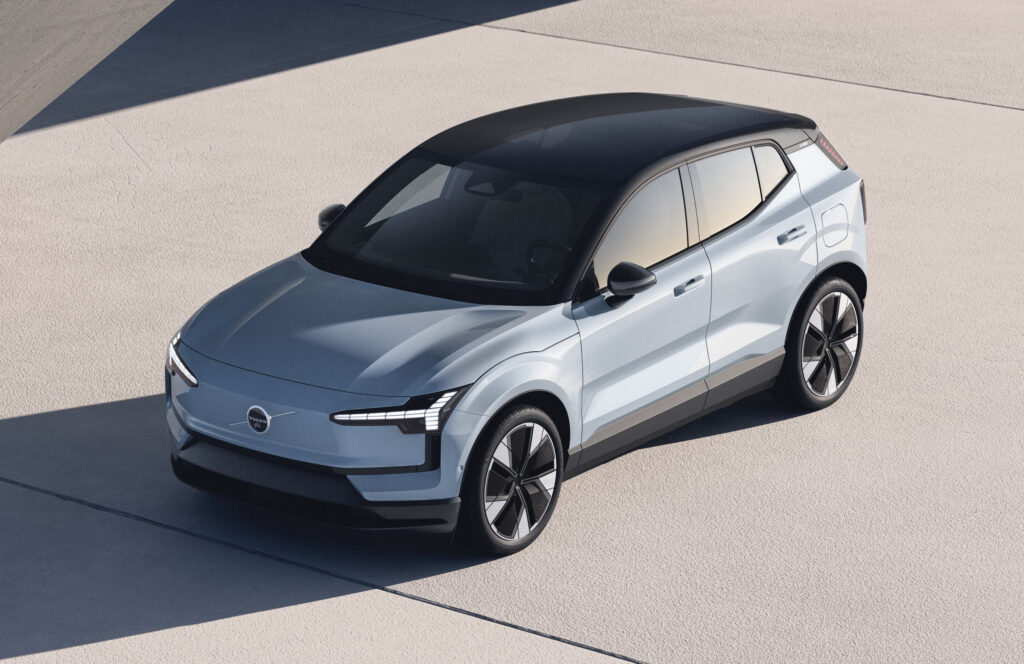

.jpg)

